Campus
- Downtown Toronto (St. George)
Fields of Study
- Biological Chemistry
- Organic Chemistry
Areas of Interest
Mass Cytometry Reagent Development
Mass Cytometry is a technique to massively parameterize biological experiments. Imagine being able to measure 100 different proteins, metabolites and transcripts at the cellular level within a tissue in a single experiment. This is the potential of Mass Cytometry.
The generation of new reagents for Mass Cytometry necessitates that a heavy atom (heavier than selenium) is introduced into the structures. Tellurium has proven to be a very useful element for these probes allowing the generation of small drug like molecules for following biochemistry in vivo.
Carbohydrate derivatives to understand and inhibit bacterial glycobiology
Bacteria love sugar. Sugars are their preferred carbon source, form the skeleton of their cells, and make up the polymers that are the outermost structures that contact the environment. We study the synthesis, modifications and properties of a key bacterial polysaccharide involved in biofilm formation called poly-N-acetylglucosamine (PNAG).
We have developed ways of monitoring PNAG production in real time using microscopy. These studies required some protein engineering, bacterial expression and the development of fluorescence-based assays.
We are developing inhibitors to the production of PNAG. These synthetic inhibitors are characterized in vitro on purified enzymes to determine their mode of inhibition and inhibition constants. We collaborate to solve the co-crystal structures. We then move these into bacterial systems to follow their action.
Novel Reactions for Bioorthogonal Chemistry
Often in our designs of new conjugates for applications in chemical biology often run up against the challenge of needing new chemistry. We have explored the use of hydrazine and hydroxylamines with carbohydrates and in dipolar cycloaddition chemistry.
Currently we are exploring the novel aqueous chemistry of tellurophenes to interface with our mass cytometry probes


